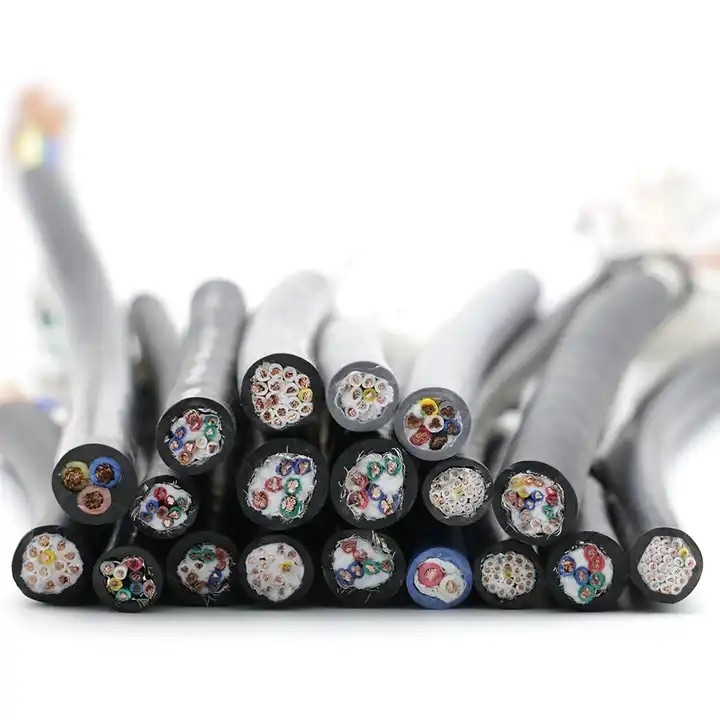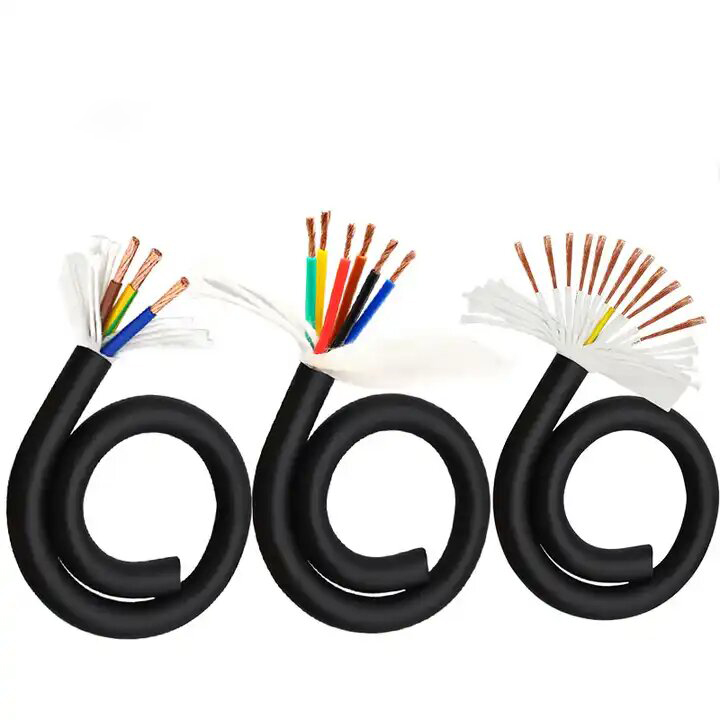How does shielded wire differ from unshielded wire?
Published:
2024-04-08 21:45:48
we will explore the differences between shielded and unshielded wire, highlighting their unique characteristics, advantages, and applications.
In the realm of electrical wiring, both shielded and unshielded wires play essential roles in transmitting power and signals. However, they differ significantly in their design, construction, and applications. Shielded wires incorporate an additional layer of shielding to protect against electromagnetic interference (EMI), while unshielded wires lack this protective feature. In this article, we will explore the differences between shielded and unshielded wire, highlighting their unique characteristics, advantages, and applications.
Shielded Wire:
Shielded wire, also known as wire with shielding or wire shield, is designed with an additional layer of shielding material surrounding the conductors. This shielding layer serves as a barrier to electromagnetic interference (EMI) and radio frequency interference (RFI), which can disrupt signal transmission and degrade performance in sensitive electronic systems. The shielding material, typically made of metal such as aluminum or copper, forms a protective barrier that absorbs and reflects electromagnetic waves, preventing external interference from affecting the signal integrity.
Unshielded Wire:
In contrast, unshielded wire, as the name suggests, lacks the additional shielding layer found in shielded wire. Unshielded wires consist of insulated conductors without any extra protective covering. While unshielded wires are simpler and less costly to manufacture compared to shielded wires, they are more susceptible to EMI and RFI interference, which can result in signal degradation, noise, and interference in electronic circuits.
Differences:
EMI and RFI Protection: The primary difference between shielded and unshielded wire lies in their ability to protect against electromagnetic interference. Shielded wire provides a higher level of EMI and RFI protection due to the presence of the shielding layer, whereas unshielded wire offers minimal protection against external interference.
Signal Integrity: Shielded wire is preferred in applications where signal integrity is critical, such as high-speed data transmission, telecommunications, and audio/video systems. The shielding layer helps maintain signal clarity and reduces the risk of signal distortion caused by electromagnetic interference. Unshielded wire may be suitable for basic power distribution and low-frequency signal applications where EMI is not a significant concern.
Cost and Complexity: Shielded wire tends to be more complex and costly to manufacture compared to unshielded wire due to the additional materials and manufacturing processes involved in producing the shielding layer. However, the benefits of enhanced EMI protection and signal integrity justify the higher cost for applications requiring reliable performance in noisy environments.
Flexibility and Size: Shielded wire may be less flexible and bulkier than unshielded wire due to the presence of the shielding layer. The shielding material adds thickness and rigidity to the wire, which can affect its flexibility and handling characteristics. Unshielded wire, being simpler in design, is typically more flexible and easier to bend or maneuver in tight spaces.
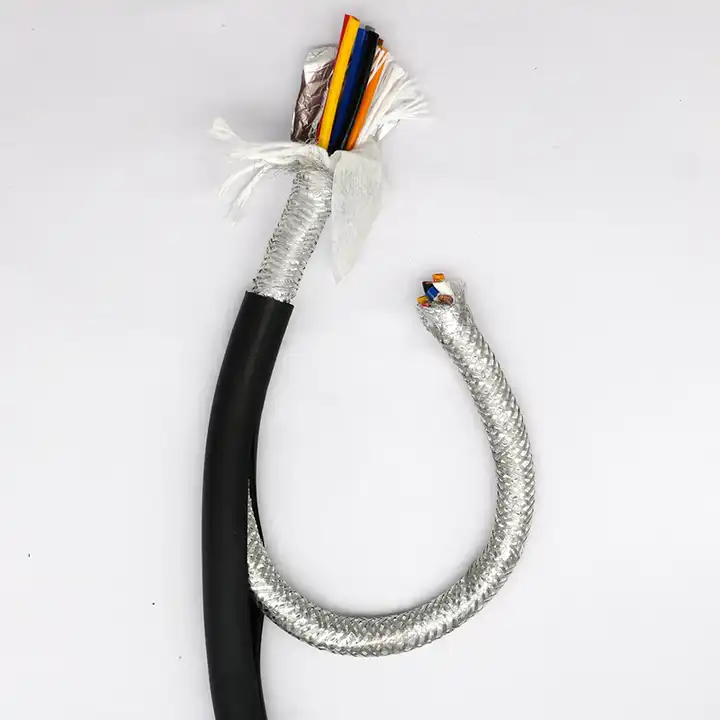
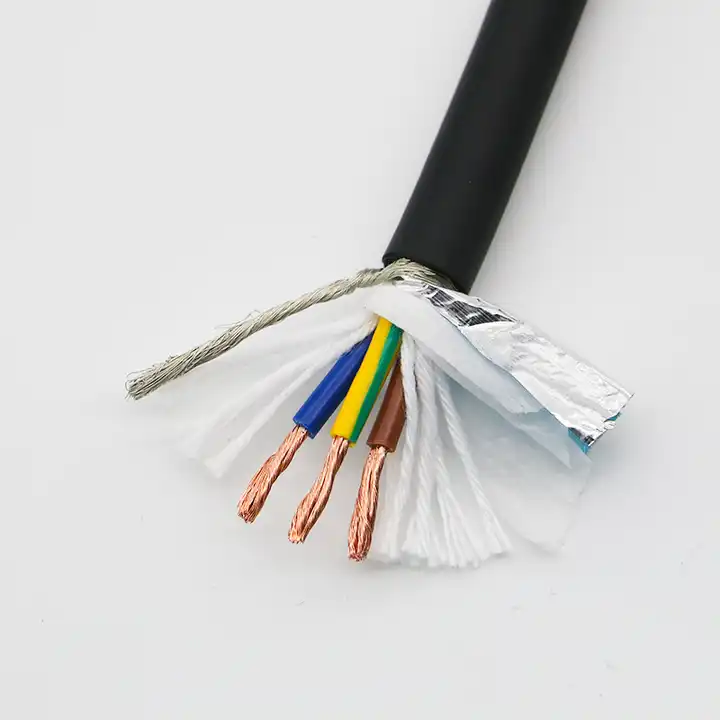
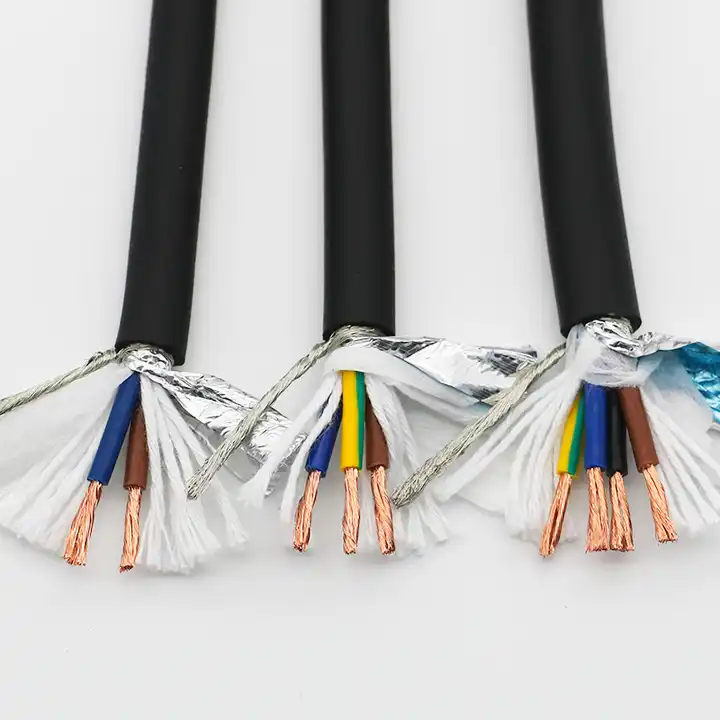
Applications:
Shielded Wire:
- High-speed data transmission (Ethernet, USB, HDMI)
- Telecommunications (telephone lines, networking cables)
- Audio/video systems (speaker cables, microphone cables)
- Industrial automation (control systems, sensor wiring)
- Medical devices (patient monitoring equipment, imaging systems)
Unshielded Wire:
- Power distribution (building wiring, electrical panels)
- Low-voltage lighting (light fixtures, LED lighting)
- Low-frequency signal applications (analog sensors, basic instrumentation)
- Residential wiring (household outlets, lighting circuits)
- Automotive wiring (vehicle harnesses, battery connections)
In conclusion, the choice between shielded and unshielded wire depends on the specific requirements of the application and the level of EMI protection needed. Shielded wire offers superior protection against electromagnetic interference and is preferred for applications where signal integrity is critical. Unshielded wire, while simpler and more cost-effective, may be suitable for basic power distribution and low-frequency signal applications where EMI is not a significant concern. Understanding the differences between shielded and unshielded wire is essential for selecting the appropriate wiring solution to ensure optimal performance and reliability in electronic systems.


